From idyllic white sandy beaches to swamp wetlands, is it a transition in the Maldives tourism?
The Maldives, a natural necklace of over 1,000 islands, hardly visible on any modern day Atlases is world renowned as a luxurious tourism destination, offering several top-notch options for vacationers in pursuit of high end beach holidays.
However, more recently, the country has become famous as one of the first to vanish due to global warming. The tiny country is threatening its local ecosystems including coral reefs, sea grass beds, lagoons, beaches, wetlands and mangroves.
Mangroves in the Maldives are usually found in depressions of islets locally referred to as Kulhi. Some species of it are also abundant along the lagoons and an extremely productive ecosystem contributing to the food chains of the atoll islands, they also play a vital role protecting the coastline from erosion. The 2004 South Asian tsunami taught that many of the native plants in the Maldives are salt tolerant, much of them that grew on the coastal vegetation belt around the islands differed that of mangroves – the aftermath proved the survival of most of the native plants, leaving all the introduced and naturalized plants dead in all of the affected islands.
Mangroves are more extensive in the southern atolls with at least thirteen of its species found and dominated. Ten species of plants are found alone in the Huraa mangrove, including four species of true mangroves and five mangrove associate plants. The mangrove crabs that are found in mangrove swamps are an important part of the mangrove ecology, influencing both nutrient cycling and structure by flow of water through the crab holes.
Whilst few people in the Maldives understood the importance of mangrove forest, the Maldives government initiated a large scale project over USD4.2 million in October 2015 to manage protected mangroves and provide commercial benefits to the communities in the two Southern most atolls of Addu City and Fuvahmulah. The project is expected to allow local governments and communities to device a clear master plan for wetland management, coral reef monitoring and waste management. This project was also launched at a time when no proper regulatory measures were in place to conserve these vital atoll ecosystem – Some mangrove areas across the country were destroyed by reclamation for housing, agriculture, garbage disposal and commercial purposes, posing a serious problem with the intrusion of salt water into the islands fresh water lens making groundwater brackish.
In mid-2013, the owners of The Lake House Restaurant in Fuvamulah, an eatery located next to the Bandaara Kilhi mangrove site introduced the rental of paddle boats and kayaks for short trips around the mangrove site for a small fee. The experience has become unique today, extending the hopes and dreams of a generation that prolonged a leap in Maldives tourism.
Mangrove Kayaking cannot be seen or experienced in any other parts of the Maldives, making Fuvahmulah the only island the activity is currently available in the tiny island nation. The island already boasts as the only one-island atoll in the Maldives, just like Australia is the only country that is also a continent.
The country’s most popular wetland areas and mangrove sites are located in Addu and Fuvamulah, both located within the southern hemisphere. The two islands are certain to fascinate the avid ecotourists with abundance of rich and varied flora and fauna from a unique perspective.

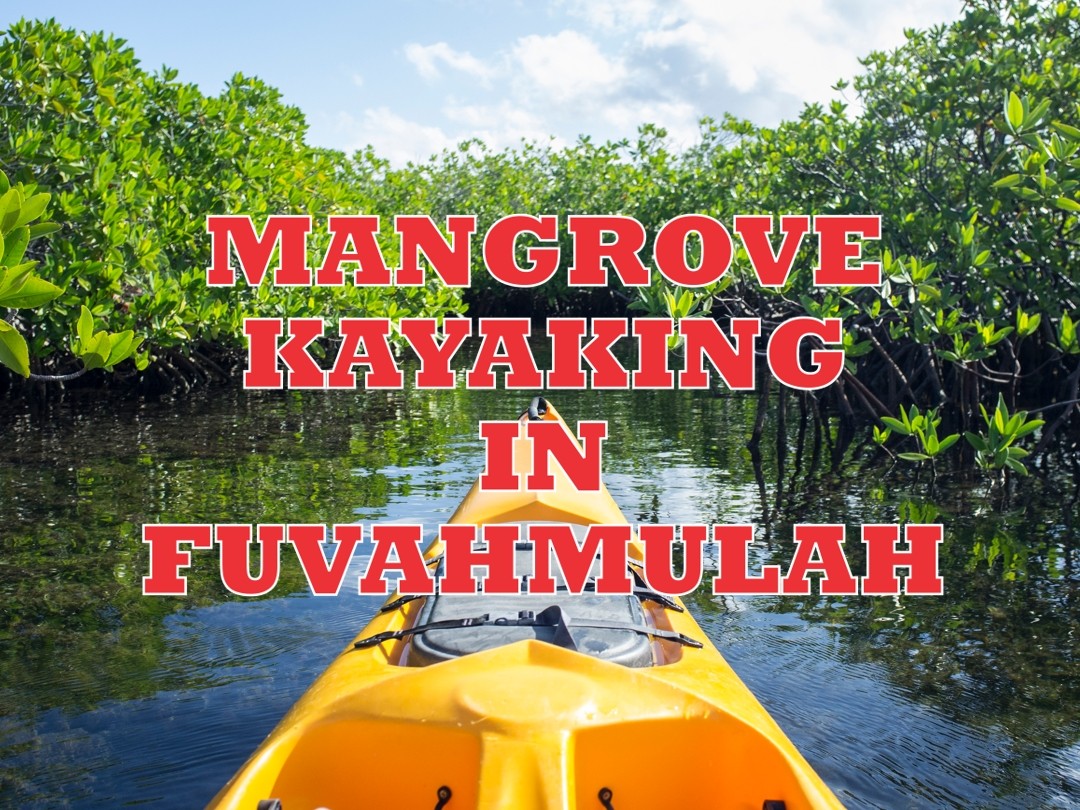
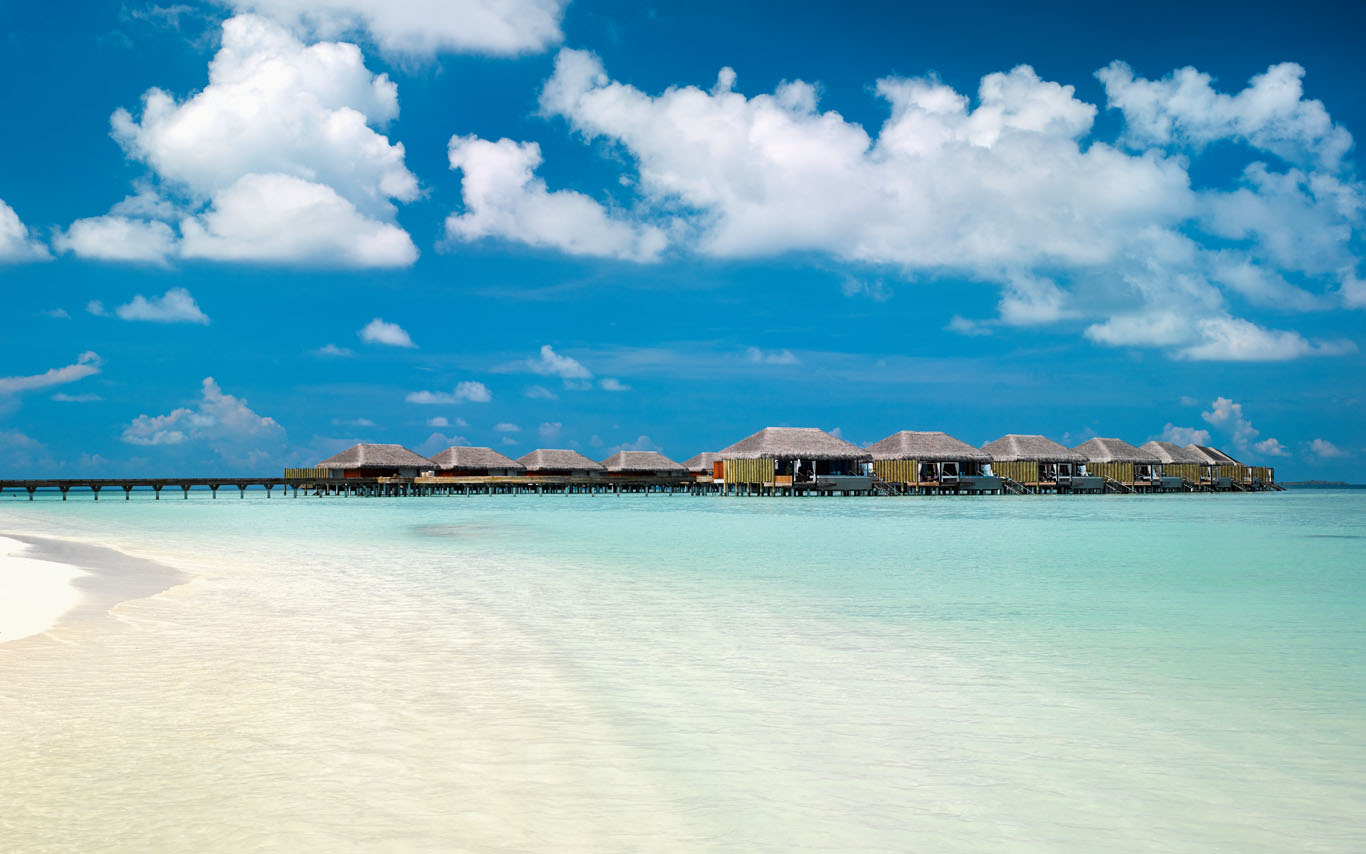
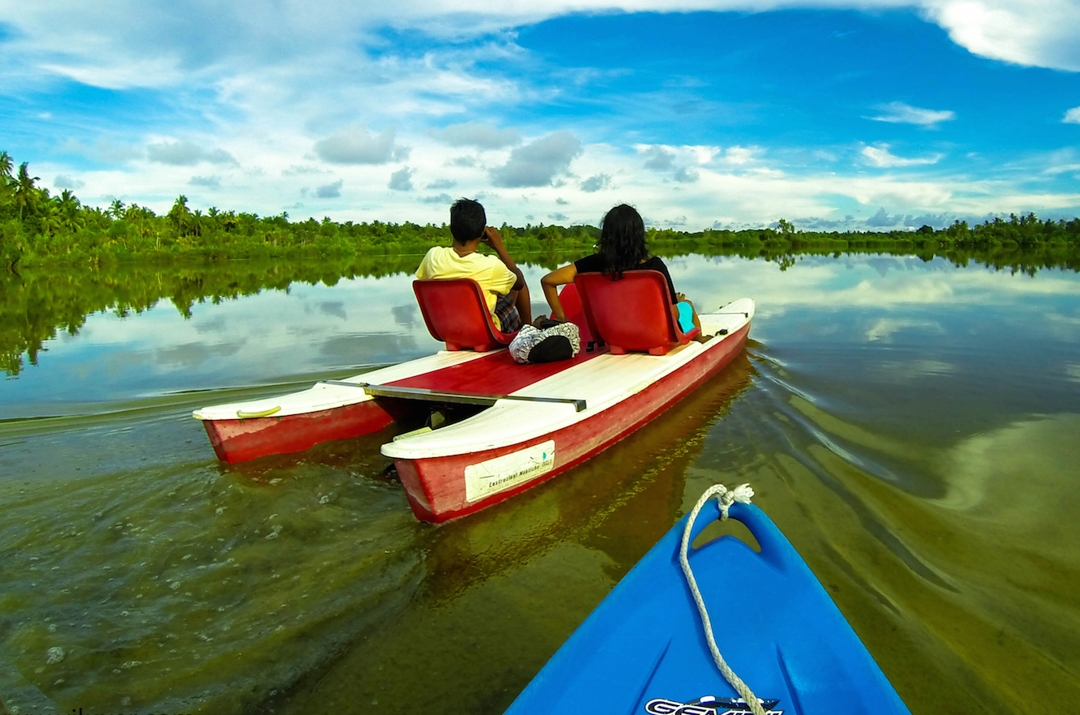
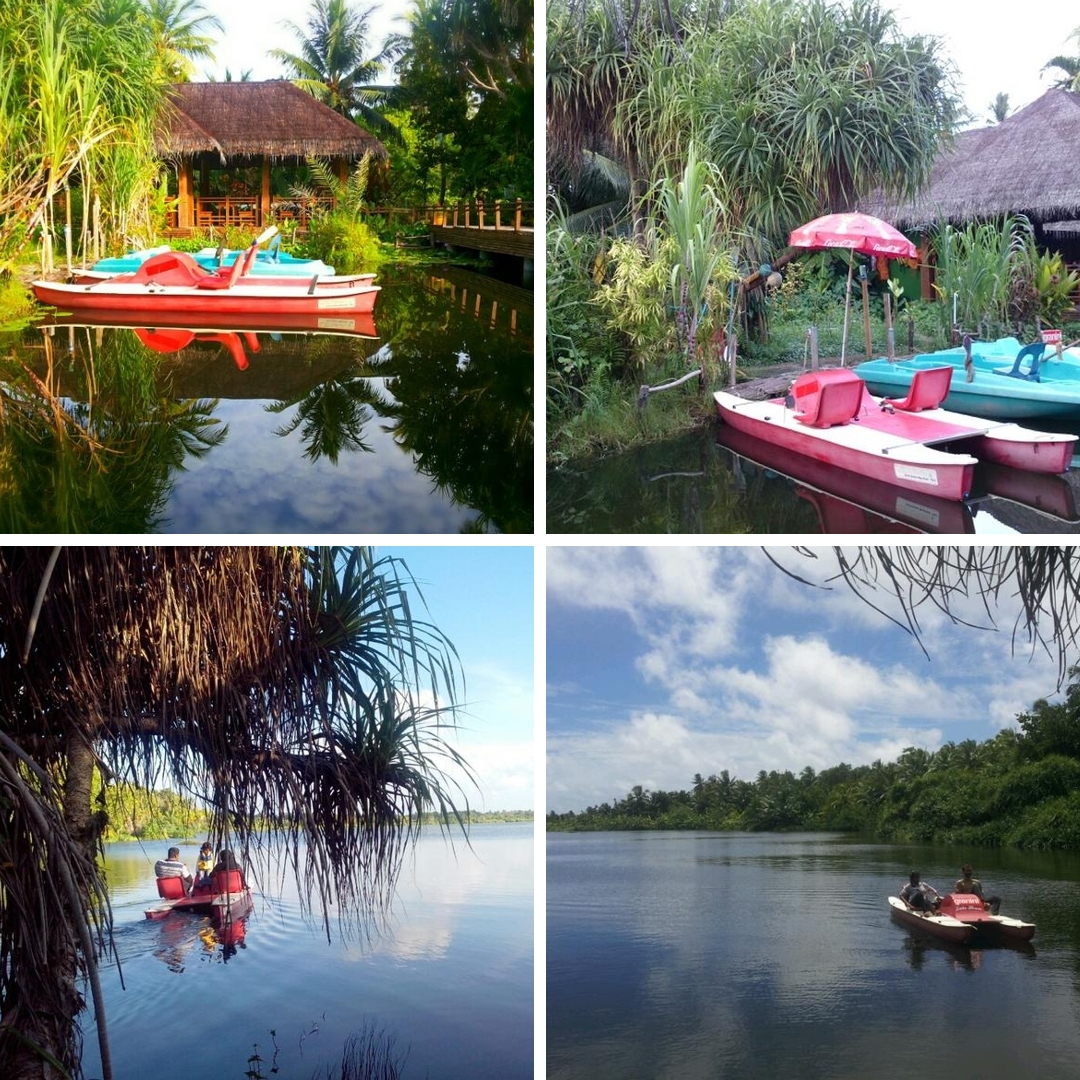
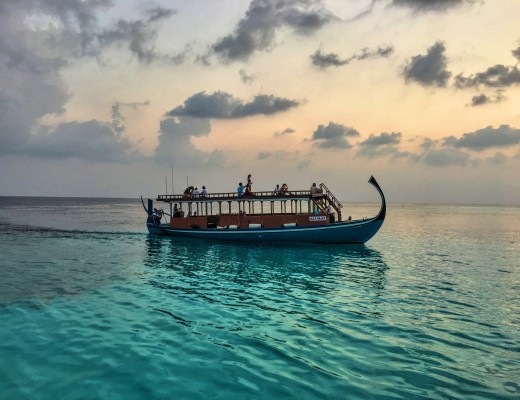
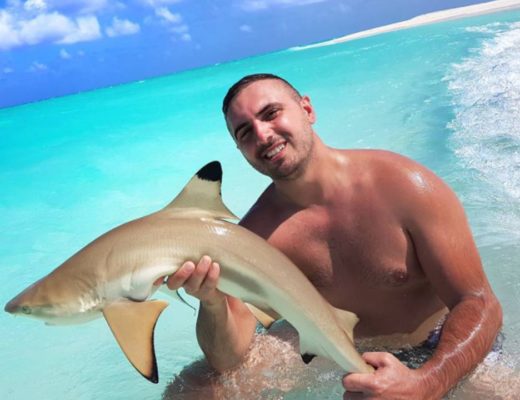
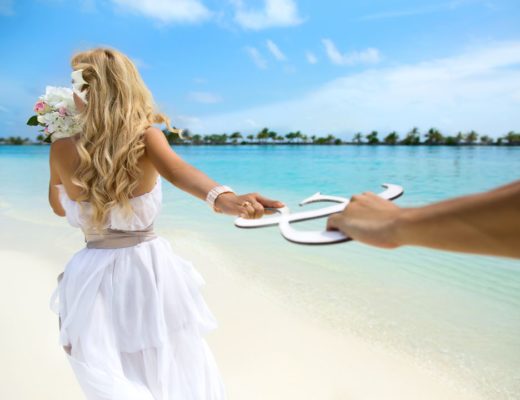
No Comments